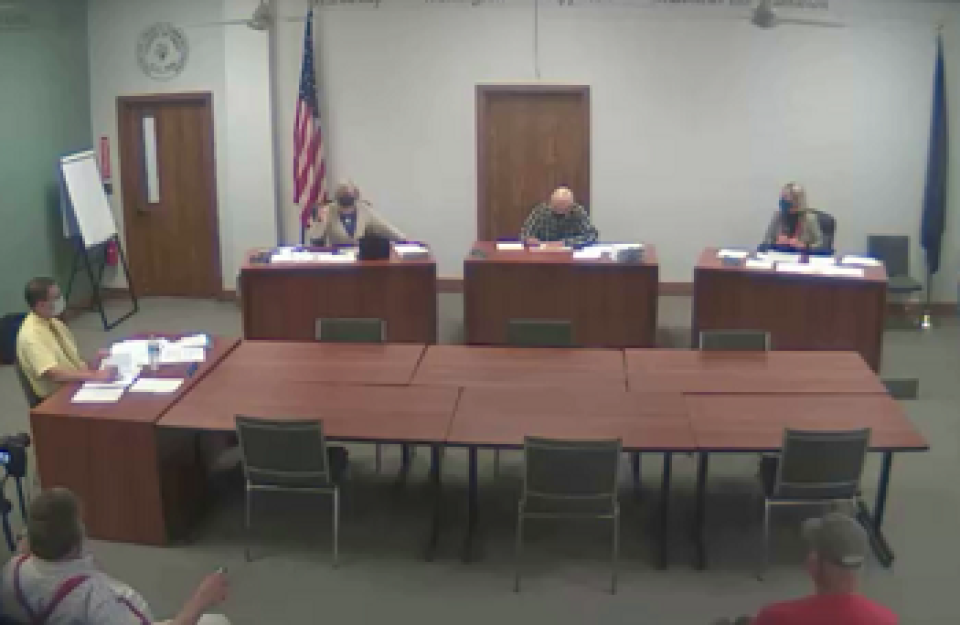In Maine Event: MidCoast Internet Development Corporation Suffers Big Blow
Earlier this month, a plan to bring fiber connectivity to four towns in Knox County, Maine (pop. 39,500) spearheaded by the MidCoast Internet Development Corporation (MIDC) was dealt a major blow when Knox County Commissioners denied MIDC’s request to use the county's American Rescue Plan funds to pay for network construction.
During a Knox County Commission meeting on Tuesday, October 12, after County Commissioners repeatedly barred local municipal leaders from commenting on broadband-related issues, they voted unanimously against awarding any of the county’s $7.7 million in American Rescue Plan (ARPA) funds to municipal broadband projects or any project benefiting an individual municipality.

County Commissioners assembled to consider 58 ARPA project applications submitted by nonprofit and municipal entities, all vying for a portion of the county’s Rescue Plan funds. But, the meeting took an unexpected turn when one Knox County Commissioner accused representatives from the MIDC, a regional broadband utility formed by four Knox County towns, of “bullying” the Commissioners into spending the county’s Rescue Plan funds on regional and municipal broadband projects.
After County Commissioner Dorothy Meriwether voiced her displeasure for how local community broadband advocates pursued the funding, three local Select Board members were not permitted to speak in support of MIDC. Adding insult to injury, the Commissioners then welcomed a representative from Charter Spectrum to talk for nearly 30 minutes.


